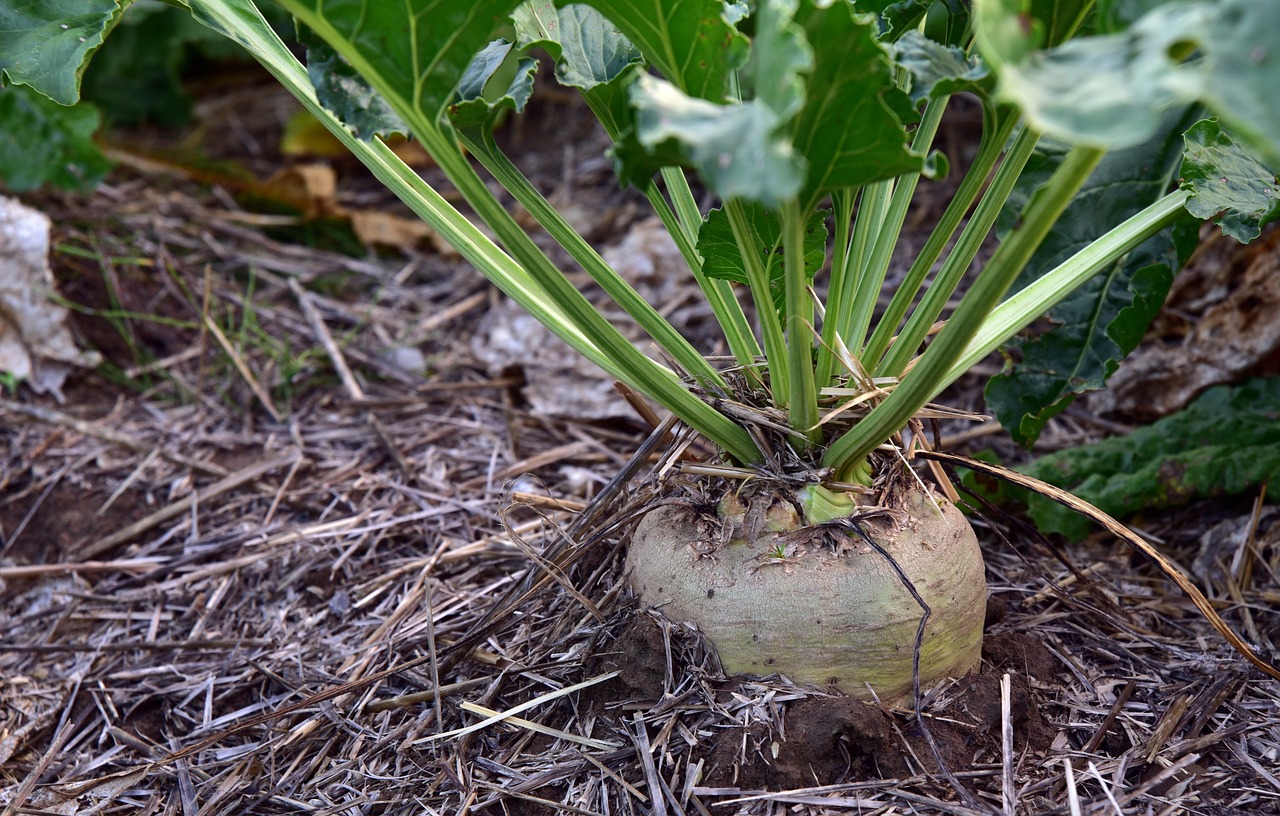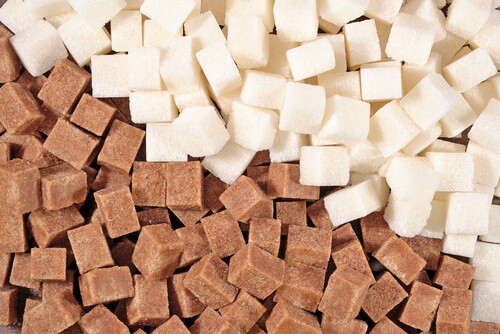Sugar beet vs sugar cane: Which is more suitable for sustainable energy production through biofuel?
Comprehending Sugar Beet Vs Sugar Cane: Key Differences and Their Relevance in the Global Sugar Industry
The differences between sugar beet and sugar cane are considerable in the context of the worldwide sugar sector. Their differing weather requirements influence where they can be grown, while their special nutritional accounts affect customer preferences. In addition, the economic effects of each crop form market dynamics. Understanding these differences is necessary for grasping the broader effect on manufacturing and supply chains. What additional complexities develop when considering their functions in the sector?
Climate and Geographic Adaptability
Sugar beet and sugar cane exhibit distinct environment and geographic versatility that affects their growing. Sugar beet grows in warm climates, needing awesome weather for excellent growth. It is mainly expanded in regions such as Europe and North America, where problems favor its development throughout spring and loss. In contrast, sugar cane embellishments in tropical and subtropical climates, requiring warm temperatures and plentiful rains. This plant is mainly grown in countries like Brazil, India, and Australia, where the environment supports its lengthy development cycle.The varying versatility of these plants affects not only their geographical circulation however additionally the agricultural practices used by farmers. Sugar beet's resilience to cooler temperatures permits earlier growing, while sugar cane relies upon a much longer growing period to accomplish optimal yield. Understanding these climatic preferences is crucial for improving manufacturing and guaranteeing food safety in regions based on these essential sugar sources.
Farming and Gathering Techniques

Cultivating sugar beet and sugar cane entails unique methods tailored per crop's specific development demands. Sugar beet is usually sown in amazing, pleasant environments, calling for well-drained soil and accurate spacing to permit excellent root advancement. Sugar beet vs sugar cane. Farmers usually employ mechanical planters to ensure consistent seed placement, followed by normal watering and weed administration methods to support growth.In comparison, sugar cane flourishes in warmer environments and is generally circulated via stem cuttings instead of seeds. Growing happens in rows, permitting ample sunshine and air movement. Harvesting sugar cane is labor-intensive, typically including hand-operated cutting or using specialized equipment, depending upon the range of production. On the other hand, sugar beet harvesting employs mechanical farmers that extract the origins from the dirt, lessening damage and ensuring a cleaner product. Both plants require careful monitoring to maximize return and quality, showing their value in the worldwide sugar market
Processing Techniques and Performance
Processing methods for sugar beet and sugar cane expose vital distinctions that influence efficiency and yield. Sugar beets go through a series of steps, starting with cutting the origin right into thin cossettes, adhered to by extraction of juice through diffusion or pressing. This juice is then detoxified, concentrated, and crystallized, resulting in granulated sugar. The process typically takes regarding 5-10 hours from gathering to crystallization.In comparison, sugar cane handling entails squashing the stalks to remove juice, which is after that heated up and clarified. The juice undertakes evaporation and formation, commonly taking much longer than beet processing because of the coarse nature of the cane. Additionally, sugar cane can be processed continually, improving efficiency.
Financial Impact and Global Production Trends
The differences in handling techniques between sugar beet and sugar cane not only influence efficiency but also have significant financial effects. Sugar cane controls in exotic areas, supplying reduced manufacturing costs because of favorable weather problems and lower energy demands. In contrast, sugar beet is largely cultivated in temperate zones, where higher manufacturing costs are typically incurred. This geographical difference influences global supply chains, affecting rates frameworks and availability.Recent patterns indicate a changing global need for sugar, with both plants experiencing cost volatility. As countries purpose for self-sufficiency, investments in neighborhood sugar beet production have boosted, particularly in Europe and North America. Creating nations proceed to depend heavily on sugar cane, driven by export possibility. In general, the economic influence of website link these crops is extensive, shaping agricultural policies, profession agreements, and the sustainability of the international sugar sector.
Nutritional Profiles and Health Considerations
While both sugar beet and sugar cane serve as primary resources of sucrose, their dietary profiles and health and wellness considerations differ considerably. Sugar cane, frequently viewed as a more natural sugar, contains trace quantities of vitamins and minerals, consisting of calcium and potassium, as well as anti-oxidants. In contrast, sugar beet is mostly composed of sucrose with minimal dietary worth, but it is rich in fiber and particular phytonutrients, which might provide digestive benefits.Health considerations bordering both sources focus on their high glycemic index and prospective effects for obesity and diabetes. While both kinds of sugar add to calorie consumption, the handling methods can influence their health impact. Sugar beet usually undergoes substantial refining, while sugar cane might keep even more of its natural substances in much less processed forms, such as raw cane sugar. Ultimately, moderation is essential when incorporating either into a balanced diet.
Often Asked Questions

Which Areas Mostly Grow Sugar Beet Versus Sugar Cane?
Areas mainly growing sugar beet include Europe and The United States and Canada, while sugar cane flourishes in exotic and subtropical areas such as Brazil, India, and Southeast Asia. Climate and soil problems substantially affect these agricultural patterns.
How Do Sugar Beet and Sugar Cane Differ in Taste?

What Are Common By-Products of Sugar Beet and Sugar Cane?
Typical spin-offs of sugar beet consist of molasses and pet feed, while sugar cane returns bagasse, molasses, and ethanol. Both plants add substantially to various sectors, boosting sustainability and economic worth beyond their primary sugar manufacturing.
How Do Environmental Aspects Impact Sugar Beet and Sugar Cane Returns?

What Is the Historic Significance of Sugar Beet and Sugar Cane Growing?
The historical importance of sugar beet and sugar cane farming exists in their duties in international economic climates, agricultural techniques, and trade. Both crops formed social structures, influenced colonial policies, and contributed to the growth of modern sectors.